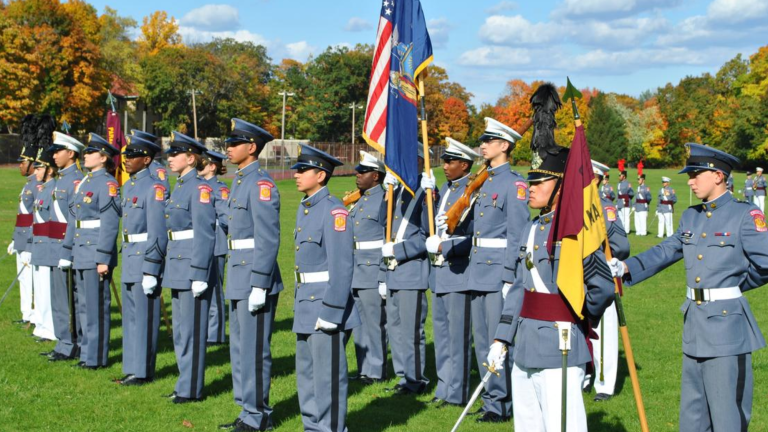33 Perfect Picks: Best 6th Grade Books

Middle school hits differently. Your child is caught between childhood and teenage years, looking for stories that respect their growing maturity while still sparking their imagination.
Books for 6th graders can be powerful allies during this transition. They offer windows into different worlds and mirrors reflecting their own experiences.
The right book can shift how your child sees themselves and others. It might teach them to solve problems creatively. Or show them how friendships can overcome any obstacle.
Some books help them process complex emotions. Others focus on building courage and resilience.
Reading at this age isn’t just about entertainment; it’s also about developing essential skills. It’s about creating the critical thinking skills and emotional intelligence they’ll need for life.
How These Books Help in Developing Young Minds
Each book offers unique tools for growth and learning. Think of them as your child’s toolkit for understanding the world.
These books provide age-appropriate challenges that strengthen reading comprehension. They teach compassion and perspective-taking through relatable characters.
You’ll find stories that tackle real issues while maintaining a sense of hope and humor.
These books provide students with practice in exploring complex themes and moral questions. They support the development of identity while exploring different cultures and experiences.
Most importantly, they show that reading can be both fun and meaningful.
1. The Chronicles of Narnia by C.S. Lewis
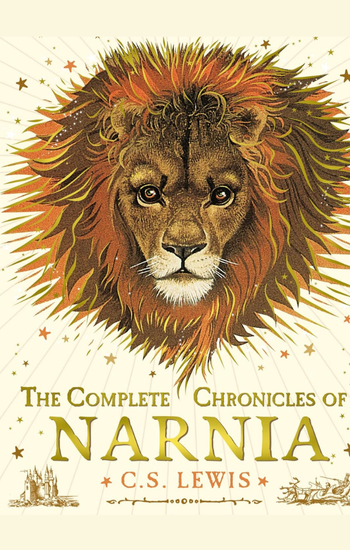
Overview: Four siblings enter a magical world through a wardrobe and must help defeat the White Witch in this classic fantasy that teaches about courage, sacrifice, and the battle between good and evil.
Why it’s great for 6th graders: Lewis creates a world that feels both magical and real while exploring complex themes like forgiveness and redemption in ways young readers can understand.
Key takeaways: “Courage often means doing what’s right, even when it’s scary. Everyone deserves a chance at redemption. Small acts of kindness can change everything. Growing up means taking responsibility for your choices.”
2. Percy Jackson & The Olympians: The Lightning Thief by Rick Riordan
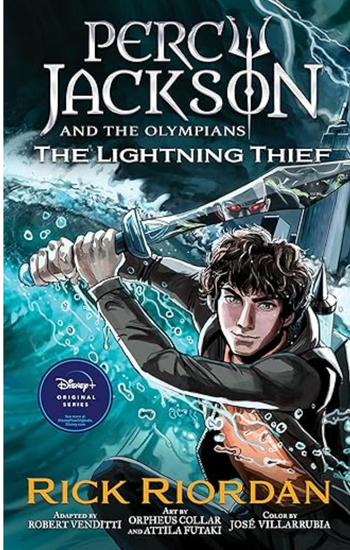
Overview: Twelve-year-old Percy discovers he’s the son of Poseidon when he’s accused of stealing Zeus’s lightning bolt in this modern mythology adventure that explores learning differences and the quest for one’s place.
Why it’s great for 6th graders: Riordan makes ancient mythology feel fresh and exciting while showing that Percy’s struggles with dyslexia and ADHD can be strengths.
Key takeaways: “Your differences might be your greatest strengths. Family isn’t always who you’re born to. Friendship can help you overcome any challenge. Being a hero means protecting those who can’t protect themselves.”
3. Wonder by R.J. Palacio
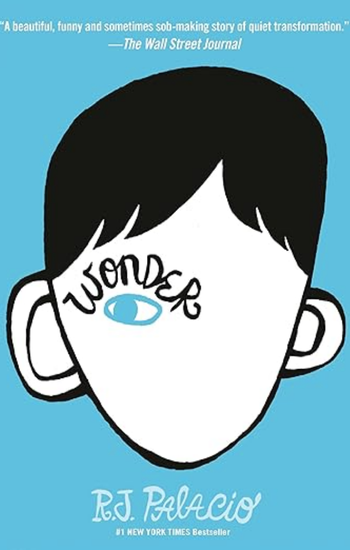
Overview: Ten-year-old August Pullman, with a facial difference, starts mainstream school in this multi-perspective story about kindness, acceptance, and how one person can change a community.
Why it’s great for 6th graders: Palacio demonstrates how small acts of kindness can have a ripple effect, addressing the bullying and social dynamics that 6th graders face on a daily basis.
Key takeaways: “Everyone is fighting battles you know nothing about. Choose kindness when given the choice between being right or being kind. Standing up for others takes courage but makes you stronger. Your actions affect more people than you realize.”
4. Holes by Louis Sachar

Overview: Stanley Yelnats is sent to Camp Green Lake, a juvenile detention center, where boys dig holes in the desert, revealing how family curses and historical injustices connect across generations.
Why it’s great for 6th graders: Sachar creates a complex puzzle that rewards careful readers while addressing issues of justice, friendship, and how past wrongs impact the present.
Key takeaways: “Actions have consequences that can last generations. True friendship means standing by each other. Justice sometimes takes time, but it usually comes. Your family history doesn’t define your future.”
5. Fish in a Tree by Lynda Mullaly Hunt
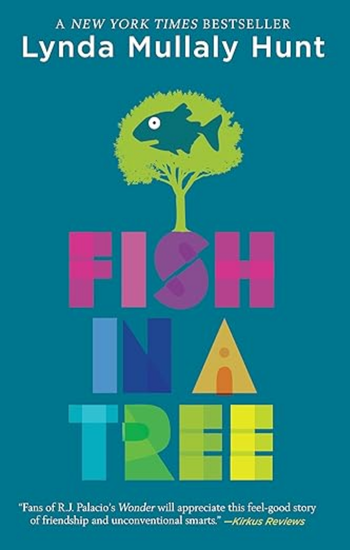
Overview: Sixth-grader Ally hides her inability to read by acting out until a new teacher helps her realize she has dyslexia. This story celebrates different types of intelligence.
Why it’s great for 6th graders: Hunt shows that intelligence comes in many forms while addressing learning differences with sensitivity and hope.
Key takeaways: “Everyone is smart in their own way. The right teacher can change your entire life. Your struggles don’t define your worth. Asking for help is a sign of strength, not weakness.”
6. Anne of Green Gables by L.M. Montgomery
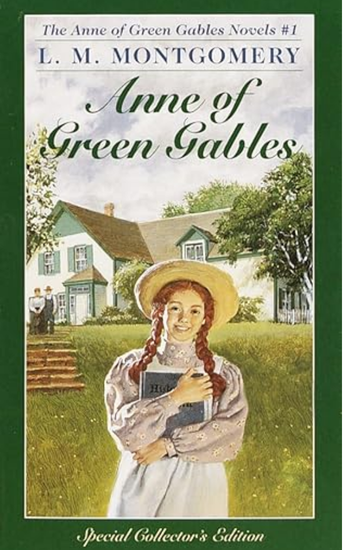
Overview: Orphan Anne Shirley is sent to live with her elderly siblings on Prince Edward Island, where her imagination and determination help her find a home and a sense of family.
Why it’s great for 6th graders: Montgomery created a character who’s both dreamy and practical, showing how imagination and determination can overcome difficult circumstances.
Key takeaways: “Your imagination is one of your greatest assets. Mistakes are opportunities to learn and grow. Hard work and kindness open doors. Everyone deserves a place where they belong.”
7. The City of Ember by Jeanne DuPrau
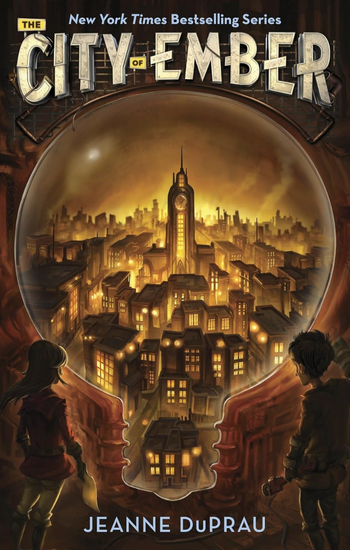
Overview: Twelve-year-olds Lina and Doon live in an underground city where the lights are failing, and they must solve the mystery of escape before their city dies.
Why it’s great for 6th graders: DuPrau creates a unique world with environmental themes, keeping readers engaged with mystery elements that convey important messages.
Key takeaways: “Young people can solve problems adults can’t. Working together is more powerful than working alone. Sometimes you have to leave what’s comfortable to find what’s right. Taking care of the environment is everyone’s responsibility.”
8. Matilda by Roald Dahl
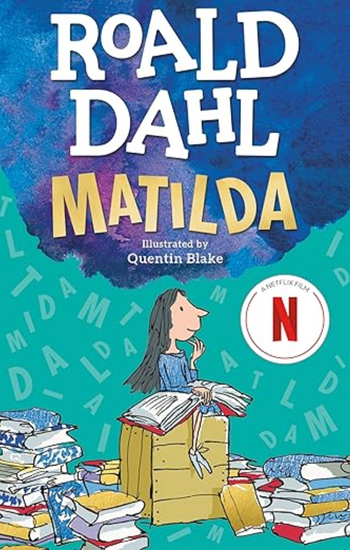
Overview: Brilliant five-year-old Matilda has neglectful parents and faces a tyrannical headmistress but uses her intelligence and telekinetic powers to stand up for herself and others.
Why it’s great for 6th graders: Dahl never talks down to young readers while showing that adults aren’t always right and that standing up to bullies is essential.
Key takeaways: “Intelligence is a superpower when used for good. Standing up to bullies protects everyone. Good teachers can change your life. Your mind is your most powerful tool.”
9. The Mysterious Benedict Society by Trenton Lee Stewart
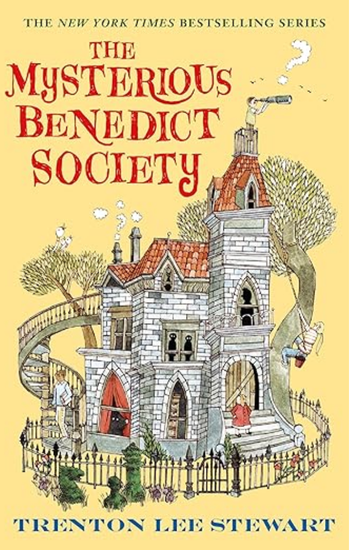
Overview: Four gifted children are recruited by the mysterious Mr. Benedict to infiltrate a school and stop a villainous plot threatening the world through puzzles, codes, and teamwork.
Why it’s great for 6th graders: Stewart creates characters with different strengths who must work together while showing that being different is an advantage, not a problem.
Key takeaways: “Everyone has unique talents that matter. Teamwork multiplies individual strengths. Critical thinking can save the day. Truth is more powerful than lies.”
10. Charlotte’s Web by E.B. White
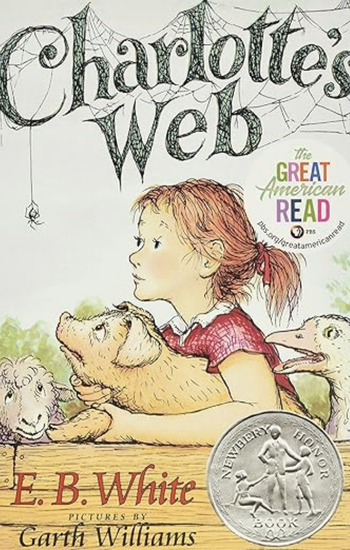
Overview: Wilbur the pig faces slaughter until his friend Charlotte the Spider devises a plan to save him in this classic story about friendship, sacrifice, and accepting death as part of life.
Why it’s great for 6th graders: White addresses complex topics like death with gentleness and honesty while showing what true loyalty looks like.
Key takeaways: “True friendship means putting others before yourself. Life is precious and should be celebrated. Death is part of life, but love continues. Words have the power to change everything.”
11. A Wrinkle in Time by Madeleine L’Engle

Overview: Meg Murry travels through space and time with her brother and friend to rescue her scientist father from an evil force in this science fantasy celebrating being different.
Why it’s great for 6th graders: L’Engle creates a strong female protagonist in STEM who learns to accept herself while combining science fiction with coming-of-age themes.
Key takeaways: “Being different is actually being special. Love is the most powerful force in the universe. Science and imagination work together. You have strengths you don’t even know about yet.”
12. The Phantom Tollbooth by Norton Juster

Overview: Bored Milo receives a mysterious tollbooth that transports him to the Lands Beyond, where he learns that education can be fun through wordplay and mathematical concepts.
Why it’s great for 6th graders: Juster makes learning feel like play through clever wordplay and mathematical jokes while showing that curiosity is valuable.
Key takeaways: “Learning can be the greatest excitement in life. Curiosity is more valuable than having all the answers. Words and numbers are tools for understanding the world. Boredom is a choice, not a condition.”
13. The Wizard of Oz by L. Frank Baum
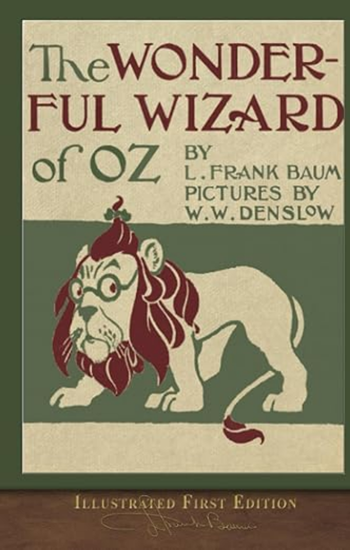
Overview: Dorothy and her dog Toto are swept away to a magical land where they must follow the yellow brick road to find the Wizard in this classic tale about finding strength within yourself.
Why it’s great for 6th Graders: Baum created a story where colorful characters represent different aspects of human nature while showing that home is where you’re loved and valued.
Key takeaways: “You already have everything you need to succeed. Friends make any difficult path easier. Sometimes you have to go far from home to appreciate it. True power comes from within, not from others.”
14. The Neverending Story by Michael Ende
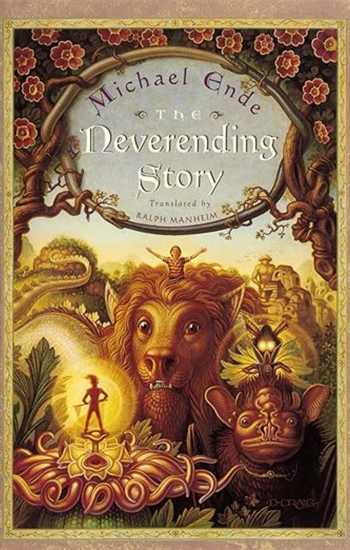
Overview: Bastian reads a book about Atreyu trying to save Fantastica, only to realize he’s becoming part of the story himself in this meta-fantasy about imagination and storytelling.
Why it’s great for 6th graders: Ende blurs the line between reader and story, making reading feel participatory while addressing real-world problems like bullying and low self-esteem.
Key takeaways: “Stories have the power to change reality. Imagination is not escape from the world—it’s engagement with it. You can be the hero of your own story. Reading makes you part of something bigger than yourself.”
15. The Penderwicks by Jeanne Birdsall
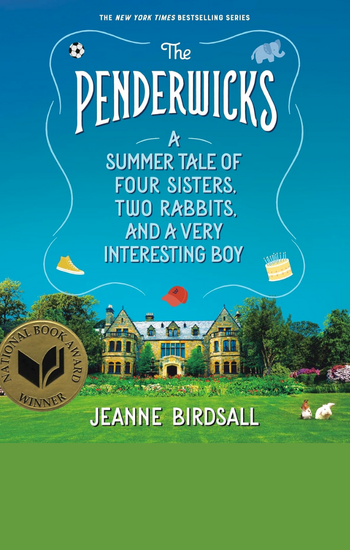
Overview: Four sisters spend their summer vacation at a cottage where they have adventures, make new friends, and learn about family bonds in this gentle celebration of sibling relationships.
Why it’s great for 6th graders: Birdsall captures authentic sibling dynamics while showing that there’s no one right way to be a girl through the sisters’ different personalities.
Key takeaways: “Family relationships are worth working on. Summer can be a time for growth and change. Different personalities can complement each other. Simple pleasures often bring the most joy.”
16. Stargirl by Jerry Spinelli
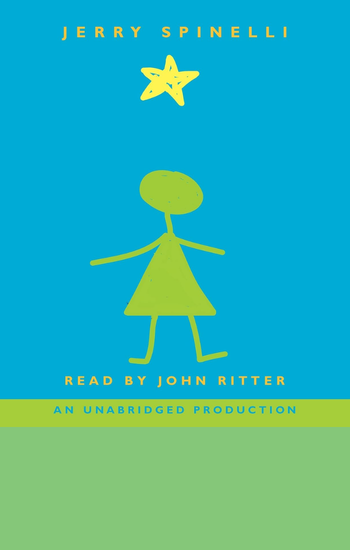
Overview: Unique teenager Stargirl Caraway arrives at a conformist high school where her kindness and individuality both inspire and challenge her classmates.
Why it’s great for 6th graders: Spinelli addresses the pressure to conform that middle schoolers face daily while showing that being yourself is both challenging and rewarding.
Key takeaways: “Being yourself is more important than being popular. Kindness doesn’t always make you liked, but it’s still right. Standing out takes courage but brings authenticity. The opinions of others don’t define your worth.”
17. A Mango-Shaped Space by Wendy Mass

Overview: Thirteen-year-old Mia has synesthesia, which causes her to experience colors when she hears sounds, but she keeps it secret until it begins to affect her schoolwork in this story about neurological differences.
Why it’s great for 6th graders: Mass handles neurological differences with sensitivity and accuracy while showing that what makes you different can also make you special.
Key takeaways: “Everyone’s brain works differently, and that’s okay. Hiding your differences takes more energy than accepting them. Family support can help you face any challenge. What makes you different might be your greatest gift.”
18. The One and Only Ivan by Katherine Applegate
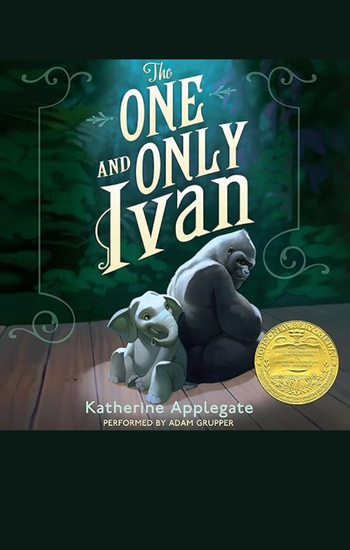
Overview: Ivan the gorilla lives in a shopping mall display until he meets Ruby, a baby elephant, and decides to fight for their freedom in this true story told from the perspective of an animal.
Why it’s great for 6th graders: Applegate tells a powerful story about animal rights without being preachy while showing that even when you feel powerless, you can still make a difference.
Key takeaways: “All living beings deserve freedom and respect. Art can be a powerful form of communication. Standing up for others is always worth it. Hope can survive even in difficult circumstances.”
19. Ella Enchanted by Gail Carson Levine

Overview: Ella is cursed with obedience and must do whatever anyone tells her, but fights to break free from the curse in this fairy tale retelling about agency and self-determination.
Why it’s great for 6th graders: Levine creates a strong female protagonist who refuses to be passive, while addressing themes of autonomy and consent in an age-appropriate manner.
Key takeaways: “You have the right to make your own choices. Intelligence and courage can overcome any obstacle. Love should never require you to give up who you are. Fighting for your freedom is always worth it.”
20. The War That Saved My Life by Kimberly Brubaker Bradley

Overview: Ten-year-old Ada with clubfoot has never left her apartment until she and her brother are evacuated from London during World War II in this story about disability, abuse, and resilience.
Why it’s great for 6th graders: Bradley addresses difficult topics like abuse and disability with sensitivity while showing that families come in many forms and healing is possible.
Key takeaways: “Disability doesn’t define your worth or potential. Sometimes leaving what’s familiar leads to something better. Healing from trauma takes time and support. You deserve to be treated with love and respect.”
21. The House on Mango Street by Sandra Cisneros
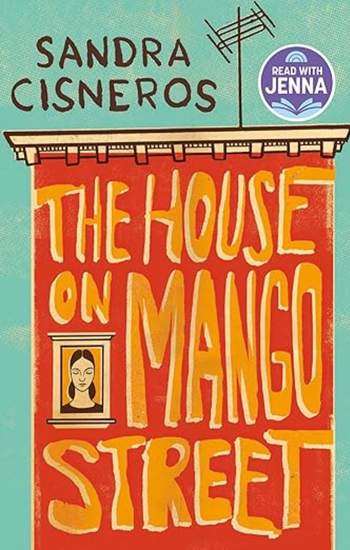
Overview: Young Esperanza Cordero grows up in a Latino neighborhood in Chicago, dreaming of a better life while learning about identity and community through poetic vignettes.
Why it’s great for 6th graders: Cisneros writes in accessible, poetic prose that makes complex themes understandable while celebrating cultural identity and universal themes of growing up.
Key takeaways: “Your background is part of your strength, not something to escape. Dreams can motivate you to work for change. Community connections matter even when you want to leave. Writing can help you understand your own experience.”
22. Pippi Longstocking by Astrid Lindgren

Overview: Nine-year-old Pippi lives alone with her monkey and horse, having adventures with superhuman strength and an independent spirit that challenges traditional childhood expectations.
Why it’s great for 6th graders: Lindgren created a character who does what she wants while still being kind to others and questioning adult authority in healthy ways.
Key takeaways: “Rules aren’t always right or necessary. Being different can be wonderful. Kindness matters more than following conventions. Children can be wise in their own ways.”
23. The Princess Diaries by Meg Cabot

Overview: Awkward teenager Mia Thermopolis discovers she’s the heir to the throne of Genovia and must navigate the responsibilities of being a princess while attending high school in this modern story about identity and responsibility.
Why it’s great for 6th graders: Cabot writes with humor about the awkwardness of adolescence while addressing typical teenage concerns with a fantasy element.
Key takeaways: “Everyone feels awkward sometimes, even princesses. Growing up means accepting new responsibilities. Being yourself is more important than being perfect. True friends like you for who you are, not what you have.”
24. Nancy Drew: The Secret of the Old Clock by Carolyn Keene
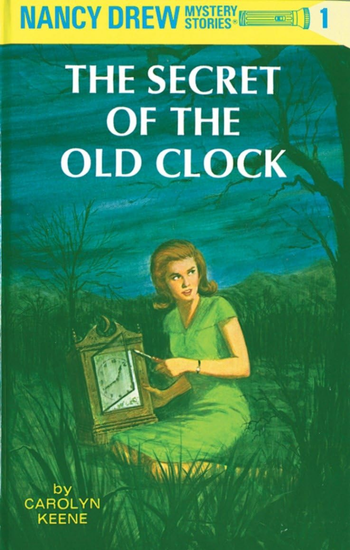
Overview: Eighteen-year-old Nancy Drew investigates the mystery of Josiah Crowley’s missing will, using her detective skills to solve puzzles and help people in this classic mystery series.
Why it’s great for 6th graders: Keene created a strong female character who solves problems through intelligence and determination while encouraging logical thinking through a mystery format.
Key takeaways: “Logic and observation can solve most problems. Helping others is always worthwhile. Young people can make a real difference. Intelligence and courage are the best tools for any challenge.”
25. The Invention of Hugo Cabret by Brian Selznick
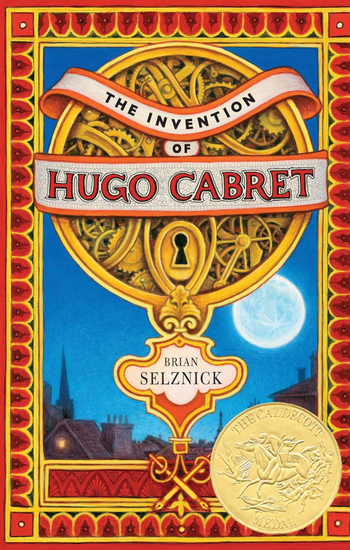
Overview: Orphan Hugo lives secretly in a Paris train station, maintaining clocks while trying to repair an automaton left by his father in this unique book combining text and illustrations.
Why it’s great for 6th graders: Selznick creates a unique reading experience that combines visual and textual storytelling while celebrating art, invention, and cinema history.
Key takeaways: “Art and creativity connect us across time. Persistence can solve even the most complex puzzles. Everyone has a purpose and a place in the world. The past and present are more connected than we think.”
26. Chasing Vermeer by Blue Balliett
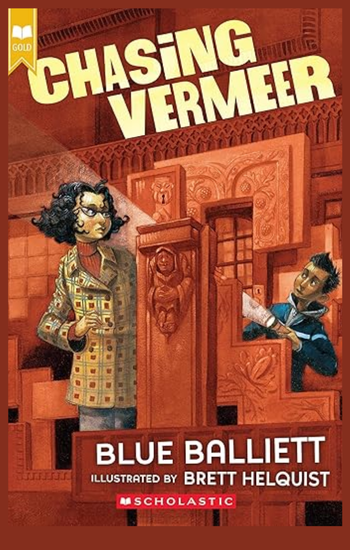
Overview: Sixth-graders Petra and Calder become involved in an international art mystery when a famous Vermeer painting is stolen, using mathematical concepts and art history to solve the puzzle.
Why it’s great for 6th graders: Balliett combines art history with mathematical thinking in an engaging mystery while showing how different subjects connect in real life.
Key takeaways: “Math and art are more connected than they seem. Paying attention to patterns helps solve problems. Different perspectives can reveal hidden truths. Art is worth protecting and preserving.”
27. The Secret Garden by Frances Hodgson Burnett
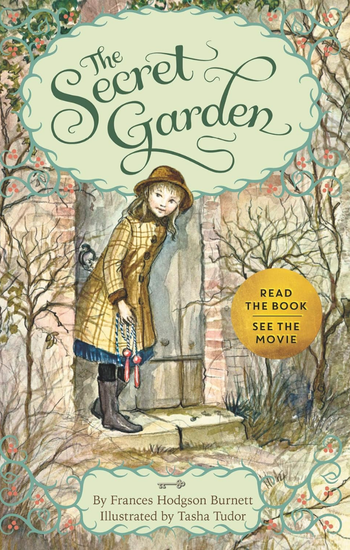
Overview: Spoiled Mary Lennox is sent to live with her uncle in Yorkshire, where she finds a hidden garden and begins to heal both the garden and herself.
Why it’s great for 6th graders: Burnett shows how caring for something helps you heal yourself while addressing difficult topics like death and neglect with a focus on hope and renewal.
Key takeaways: “Taking care of something helps you grow too. Fresh air and nature can heal many problems. Friendship can bloom in unexpected places. Everyone deserves a second chance at happiness.”
28. The Hardy Boys: The Tower of Treasure by Franklin W. Dixon
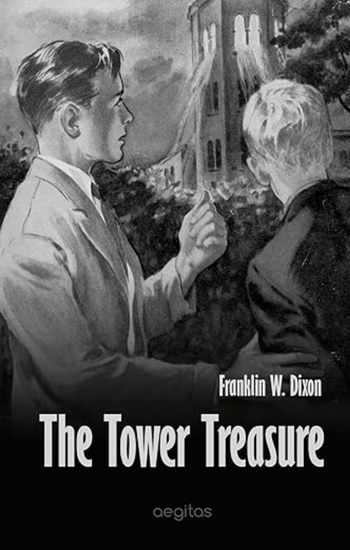
Overview: Brothers Frank and Joe Hardy investigate the mystery of a missing treasure while navigating the dangers of dealing with criminals in this classic series, which features male protagonists solving crimes through deductive reasoning.
Why it’s great for 6th graders: Dixon created male protagonists who use their brains over brawn to solve problems while showcasing healthy masculinity through their brotherly relationship.
Key takeaways: “Teamwork makes challenging problems easier to solve. Courage means doing what’s right despite danger. Family bonds give you strength to face anything. Logic and observation are powerful tools.”
29. The BFG by Roald Dahl
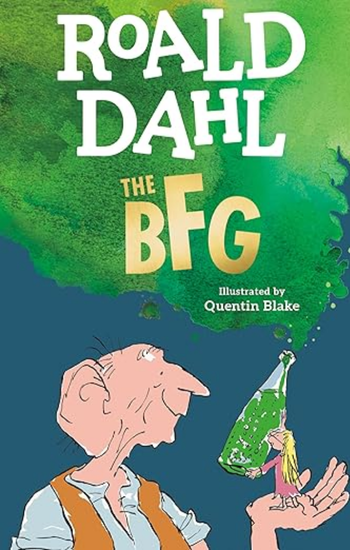
Overview: Sophie is snatched by the Big Friendly Giant, who catches dreams and refuses to eat children like other giants, creating a story about friendship across differences.
Why it’s great for 6th graders: Dahl creates a unique friendship between a girl and a giant while celebrating language through creative word inventions and demonstrating that being different from one’s group can be beneficial.
Key takeaways: “Friendship can happen between the most unlikely people. Being different from your family or group is okay. Small people can solve big problems. Language is flexible and fun to play with.”
30. Treasure Island by Robert Louis Stevenson
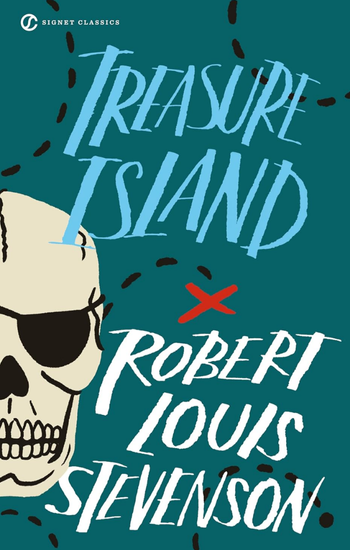
Overview: Young Jim Hawkins discovers a treasure map and embarks on a quest with pirates to find buried gold in this classic tale, featuring memorable characters that explore courage, loyalty, and the complexities of growing up.
Why it’s great for 6th graders: Stevenson created one of the most exciting stories ever written, showcasing a young person proving himself in an adult world through real challenges.
Key takeaways: “Growing up means making tough moral choices. Not all adults are trustworthy, but some are worth following. Courage isn’t the absence of fear it’s action despite fear. True treasure isn’t always gold or silver.”
31. Little Women by Louisa May Alcott
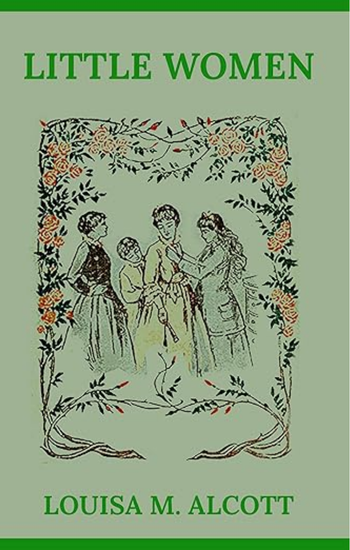
Overview: Four sisters, Jo, Meg, Beth, and Amy March, grew up during the Civil War era, each pursuing different dreams while learning about family, sacrifice, and personal growth.
Why it’s great for 6th graders: Alcott created four sisters who each represent different ways of being female while showing that families can be close even when they’re different.
Key takeaways: “There’s no single right way to be a girl or woman. Family relationships are worth working on. Your dreams matter, even if others don’t understand them. Small acts of kindness make a big difference.”
32. Tom Sawyer by Mark Twain
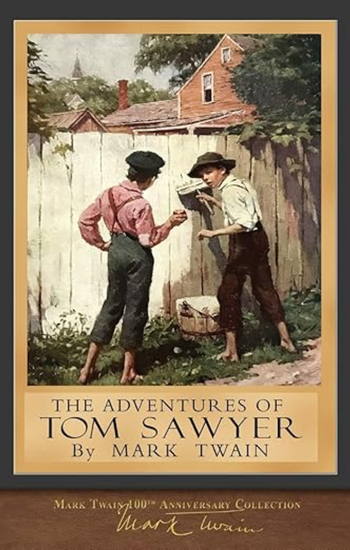
Overview: Mischievous Tom Sawyer has adventures along the Mississippi River with friend Huckleberry Finn, including witnessing a murder and getting lost in a cave.
Why it’s Great for 6th Graders: Twain captures the spirit of childhood freedom and mischief while showing how experiences shape character through Tom’s moral growth.
Key takeaways: “Childhood should include freedom and play. True friendship means standing by each other. Doing the right thing isn’t always easy. Growing up means learning from your mistakes.”
33. Peter Pan by J.M. Barrie
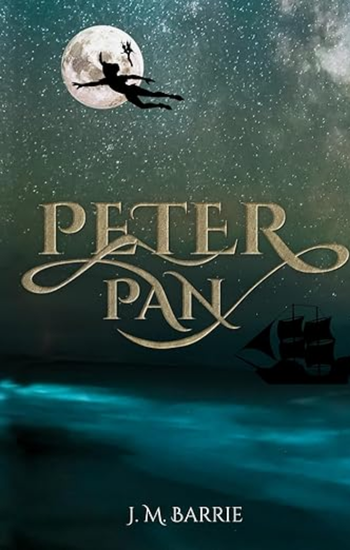
Overview: Wendy, John and Michael Darling are taken to Neverland by Peter Pan, the boy who never grows up, where they have adventures with pirates, fairies, and lost boys.
Why it’s great for 6th graders: Barrie created a story that celebrates childhood while acknowledging that growing up is necessary, making serious themes accessible through the use of fantasy elements.
Key takeaways: “Growing up doesn’t mean losing your sense of wonder. Imagination is a powerful force that stays with you. Family love is stronger than any magic. Sometimes the greatest growth happens when you’re ready to move forward.”
How to Choose the Right Book for Your 6th Grader
Picking the right book depends on your child’s interests and reading level. Consider these factors when making your choice.
- Interest matters most. A book about their favorite topic will keep them reading even if it’s challenging. Think about what excites them outside of school – sports, animals, friendship, drama, or fantasy worlds.
- Consider reading level carefully. Some books are emotionally mature, yet they use simpler language. Others have complex vocabulary but straightforward themes.
- Think about their personality. Does your child prefer action-packed adventures or quiet character studies? Fast-paced plots or detailed world-building? Choose books that match their temperament.
- Series can be motivating. If your child finds a book they love, look for others in the series. Familiar characters and settings make the next book feel less daunting.
Don’t worry about making the “perfect” choice. Sometimes, the book that surprises them becomes their new favorite. Trust your child’s instincts and be willing to try different genres.
Start Your Child’s Reading Growth Today
Building strong reading habits in 6th grade sets the foundation for academic success and lifelong learning. These books offer proven pathways to engagement and growth.
Remember, developing a love of reading is a process, not a destination. Some books will be hits, while others will be misses. That’s normal and okay. The important thing is to keep trying new stories and authors.
Your child’s relationship with reading affects every subject in school and beyond. When they find books they love, learning becomes easier and more enjoyable.
Take the first step today. Choose a book together and begin reading. Your child’s future self will thank you for nurturing this critical habit.
What’s your child’s favorite book from this list? Share your recommendations and experiences in the comments below. Your story might be exactly what another parent needs to hear.


